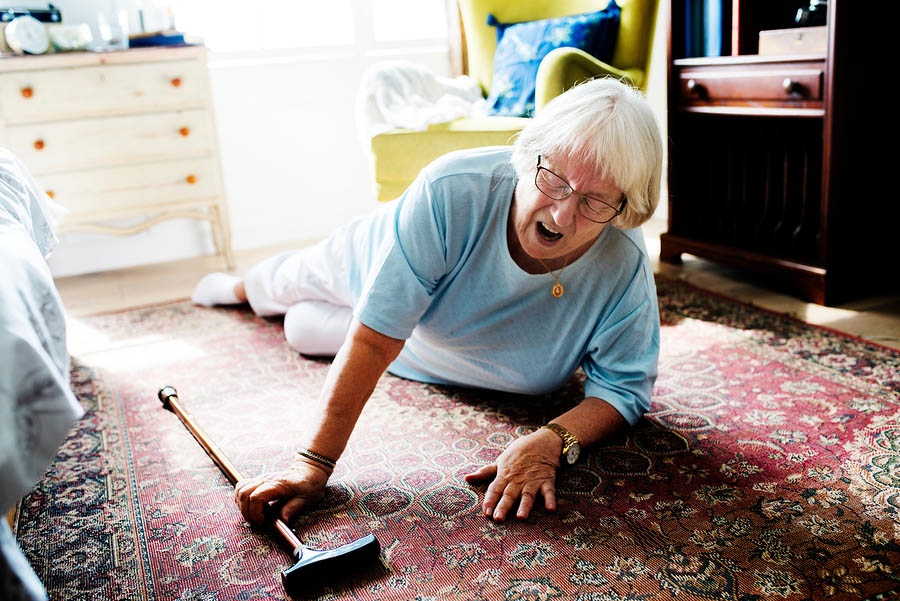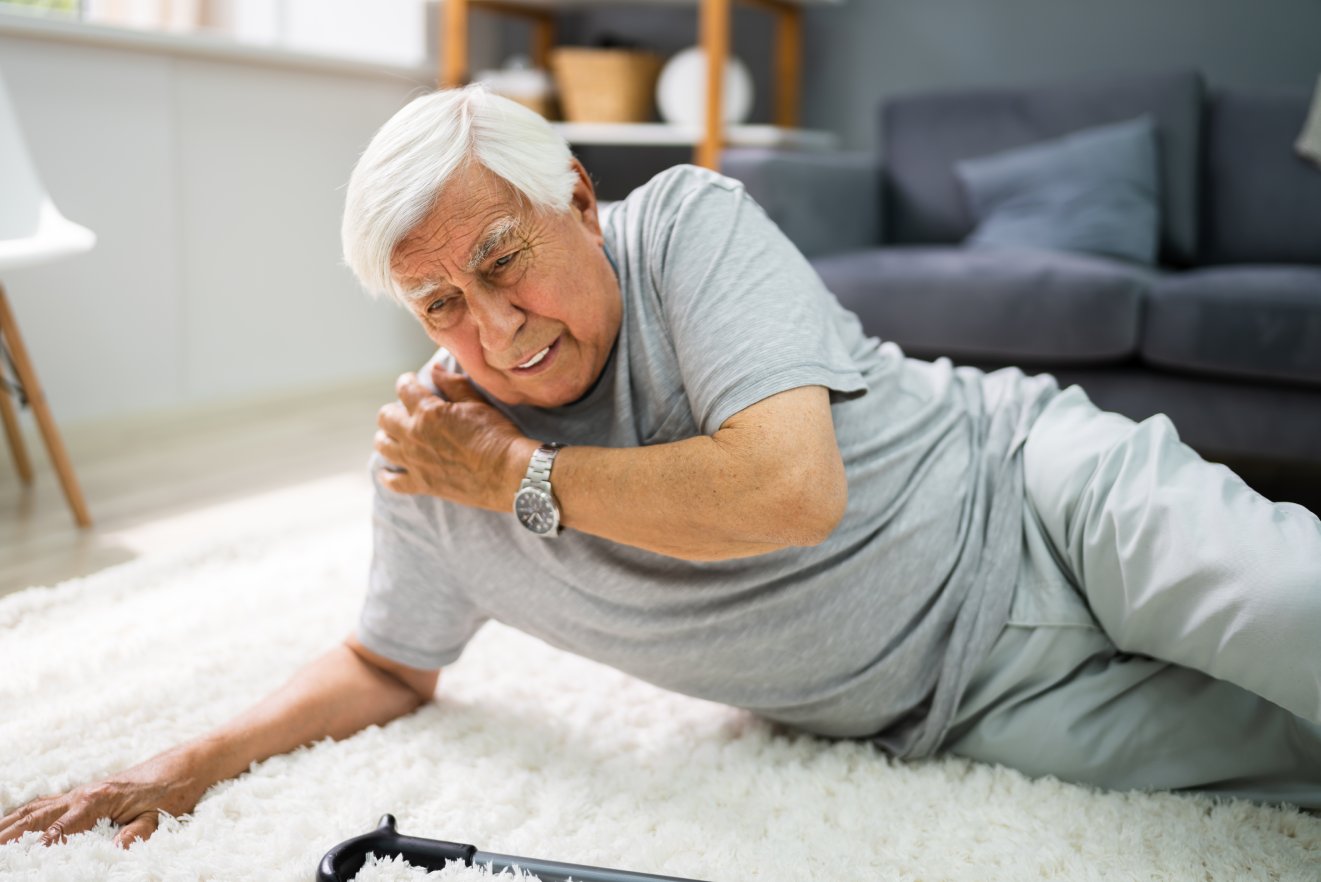The advancement of technology has brought about remarkable innovations in elder care, particularly in the realm of fall detection devices. As concerns about elderly care technology grow, more people are turning to these devices to ensure the safety of their loved ones. But are fall detection devices accurate enough to rely on them?
In this article, we will explore various aspects of fall detection devices, examining their accuracy, the technology behind them, and how they can be integrated into independent living solutions. We will also touch upon their role in telehealth and other innovative areas.

Understanding Fall Detection Technology
How Fall Detection Devices Work
Fall detection devices are designed to identify when a person has fallen and to send immediate alerts to caregivers or emergency services. Typically, these devices rely on a combination of sensors, including accelerometers and gyroscopes, to detect unusual movements or changes in position.
The Role of Algorithms in Fall Detection
Advanced algorithms play a critical role in determining the accuracy of fall detection devices. By analyzing the data collected by sensors, these algorithms can differentiate between a fall and other activities, such as sitting down quickly or dropping the device.
Evaluating the Accuracy of Fall Detection Devices
Factors Affecting Accuracy
Several factors can influence the accuracy of a fall detection device. These include the quality of the sensors, the sophistication of the algorithms, and the positioning of the device on the user’s body. Devices worn around the neck or wrist may have different accuracy levels compared to those integrated into clothing or footwear.
Comparing Different Brands
Not all fall detection devices are created equal. It is essential to compare different brands and models to understand their strengths and weaknesses. Some brands may offer better accuracy due to superior technology or design.
The Integration of Fall Detection in Daily Life
Enhancing Independent Living
For seniors seeking to maintain independence, fall detection devices can be a valuable tool. By providing peace of mind, these devices allow seniors to live alone while reducing the risk of being left without help after a fall.
Connection with Telehealth Services
Integrating fall detection devices with telehealth services can facilitate timely medical interventions. Alerts generated by these devices can be sent directly to healthcare providers, ensuring prompt responses and potentially preventing further complications.
Challenges and Considerations
False Alarms and User Experience
False alarms can be a significant issue with fall detection devices. While some users may become frustrated with frequent false alerts, others may become complacent, ignoring real warnings. Balancing sensitivity and specificity is crucial for improving user experience.
Cost and Accessibility
The cost of fall detection devices can be a barrier for some individuals. Exploring different purchasing options, such as subscription versus one-time purchase, can make these devices more accessible to a broader audience.
Future Innovations in Fall Detection
The Role of Artificial Intelligence
Artificial intelligence holds the potential to significantly enhance the accuracy and functionality of fall detection devices. With AI, devices can learn from patterns and improve detection over time, reducing false alarms and increasing reliability.
Integration with Robotics
The integration of fall detection devices with robotics is an exciting prospect. Robots equipped with fall detection capabilities can provide immediate assistance, further enhancing fall prevention measures.
Conclusion
While fall detection devices may not be perfect, they represent a significant step forward in ensuring the safety and well-being of seniors. By understanding their strengths and limitations, users can make informed decisions about incorporating these devices into their lives.

FAQ Section
1. How do fall detection devices alert caregivers?
Most fall detection devices send alerts via a connected smartphone app or directly through the device’s communication capabilities, notifying caregivers or emergency services immediately after a fall is detected.
2. Can fall detection devices work for all ages?
While primarily designed for seniors, fall detection devices can be beneficial for individuals of all ages who are at risk of falling, including those with medical conditions or disabilities.
3. Are fall detection devices waterproof?
Many fall detection devices are designed to be water-resistant or waterproof, allowing users to wear them in various conditions, including during showers or in the rain.
For more information on fall prevention, you can visit CDC’s fall prevention page.
This article contains affiliate links. We may earn a commission at no extra cost to you.

